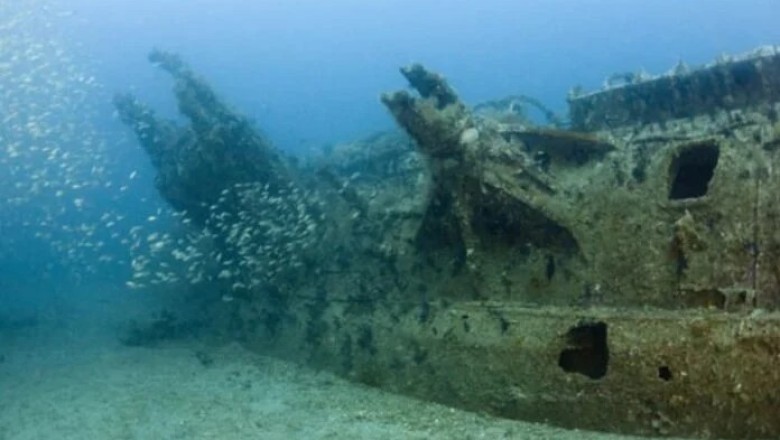
views
Abandoned Submarines and Naval Bases That Will Give You Goosebumps
Each military vehicle has its own story to tell, and it's no wonder that abandoned submarines pique our interest. If only these submarines could speak, their tales would be beyond belief. The creation of these machines was anything but simple, and they were built to accomplish astonishing feats. Some of these vessels have experienced fascinating chapters of history! Read on to learn more.
Soviet Naval Base on Simushir Island
Simushir Island, part of a volcanic island chain about 250 miles off the coast of Japan, conceals a surprising secret. One would never imagine that this lonely island is filled with rusted machinery and remnants of the past.
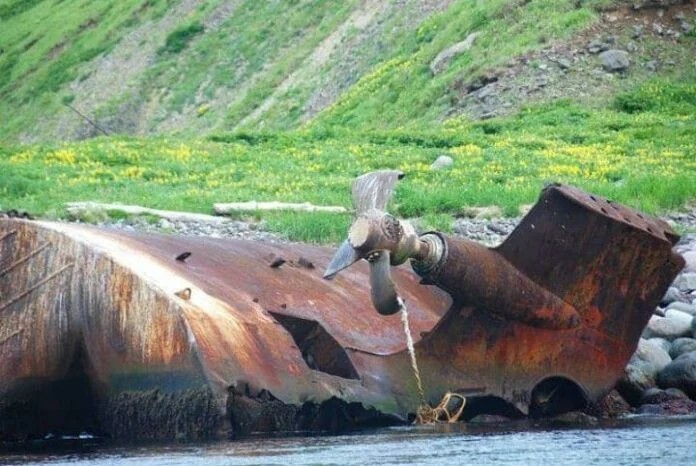
The northern part of the island served as a top-secret base for Soviet submarines after the Soviets blasted a channel through it and into Broutona Bay in the late 1970s. A city of up to 3,000 people was built around this base. The area included submarine docks, one of which remains intact to this day. These submarines were used for laying explosives and mines in the waters north of Japan. The base also functioned as a radar station. Today, only traces of this once-thriving naval base remain.
The Sub-Marine Explorer
The Sub-Marine Explorer has a much more tragic history than the other submarines on this list. Conceived by a German inventor named Julius H. Kroehl and an American inventor named Ariel Patterson, it was a project for the "Pacific Pearl Company" in Brooklyn and was not intended for military use.
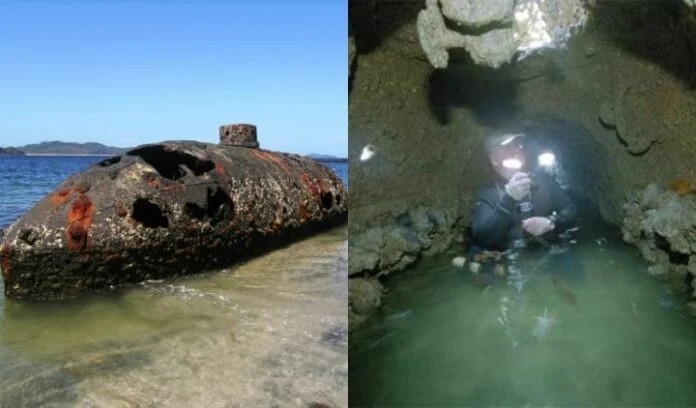
Unfortunately, the inventors were unaware of the decompression effects on the human body, and the venture ended in disaster. Crew members suffered from "the bends" and lost their lives. Kroehl himself was the first casualty after the testing process. The submarine was abandoned until archaeologist James Delgado discovered its ruins in Panama.
German U-Boat U-352
The German U-Boat U-352, also known as a Type VIIC U-Boat, embarked on its military career in 1942 as part of the "Wolfpacks" during the Battle of the Atlantic. Later, it arrived in North Carolina, where it unsuccessfully attempted to sink the SS Freden. Its luck ran out on April 7, 1942, when it mistakenly attacked a U.S. Coast Guard cutter, thinking it was a merchant ship.
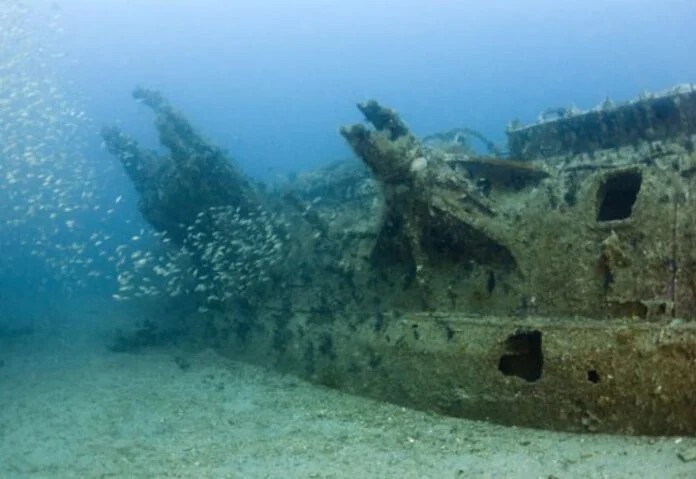
Today, the wreck of the U-Boat is still visited by deep-sea divers. The tragedy was survived by Heinz Kalr Richter, who told the Discovery Channel that the captain tried to sink as many ships as possible to receive the "Knight's Cross of the Iron Cross" medal. Some of the artifacts recovered from the wreck can be seen at the North Carolina Aquarium.
"Guzz" - Abandoned Naval Gravesite in Plymouth, England
Outside Plymouth, England, lies an abandoned military graveyard known as "Guzz," and it is quite a spectacle. The site contains advanced naval vehicles that once formed part of the nuclear submarine fleet during the Cold War. Today, "HMNB Devonport" is home to dozens of submarines, including the HMS Courageous, HMS Victorious, HMS Vanguard, HMS Tireless, and the Conqueror.
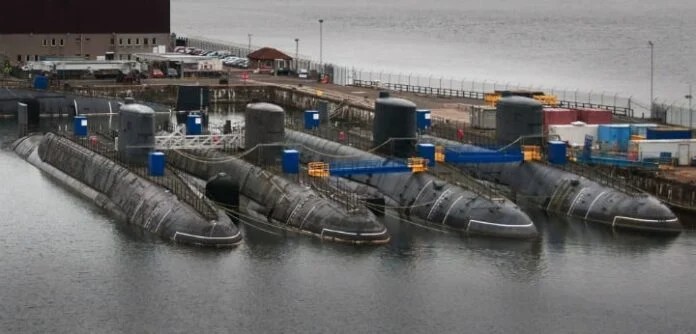
Remarkably, the nuclear reactors of these submarines are still intact. England needed a place to store the decommissioned submarines, but nearby residents are concerned about potential hazards. These powerful machines were once crucial to the Navy during the Cold War as defense systems and now pose potential health risks.
Hara Submarine Naval Base
For forty years, this location served as a heavily visited military outpost for the Soviet Union. Since then, the Hara Submarine Naval Base has been abandoned and subjected to vandalism. Today, rusty metal structures and an old lighthouse, built by the Russian military in the 1960s for Soviet Union operations and the blockade of Estonia, stand as remnants.
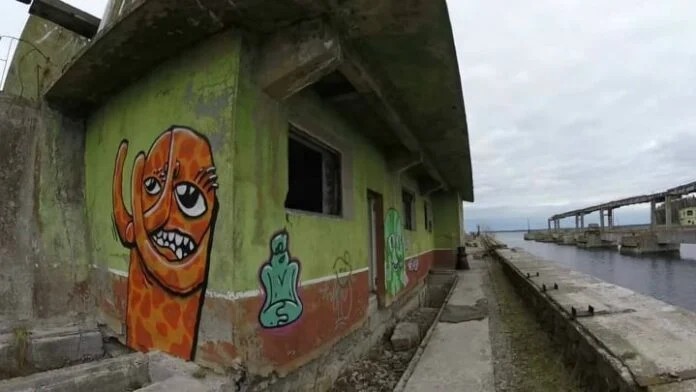
It's hard to imagine that hundreds of military personnel were once stationed here. The base was constructed using stones from the surrounding area. After enduring years under Soviet rule, Estonia joined forces with its neighbors and dismantled the base in 1989. The Soviets were forced to leave the facility after the collapse of the USSR.
USS Ling
Commissioned in 1945 under the command of George Garvie Molumphy, the USS Ling was a high-speed submarine designed to combat German U-boats during World War II, though it never saw combat action. In 1946, it was moved from the Naval Submarine Base New London to the Panama Canal Zone. The following year, it was decommissioned and transferred to the Atlantic Reserve Fleet.
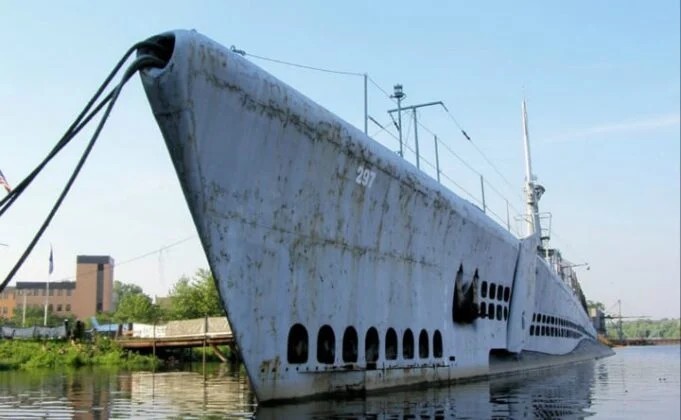
The USS Ling found a new purpose as a training ship and was taken to the Brooklyn Navy Yard in New York, where it was classified as a submarine reserve. Today, this 2,500-ton submarine rests in the New Jersey Naval Museum in Hackensack, New Jersey, but is not accessible to the public. Despite efforts to restore it, there were never enough funds to do so, and the submarine suffered damage during Hurricane Sandy in 2012.
Quester I
What do the Coney Island Submarine Wreck, Quester I, and the SS Andrea Doria have in common? The Italian cruise ship was dubbed the "Titanic of the 50s" and sank off the coast of Massachusetts after colliding with the MS Stockholm, claiming the lives of 46 people and carrying treasures worth millions of dollars.
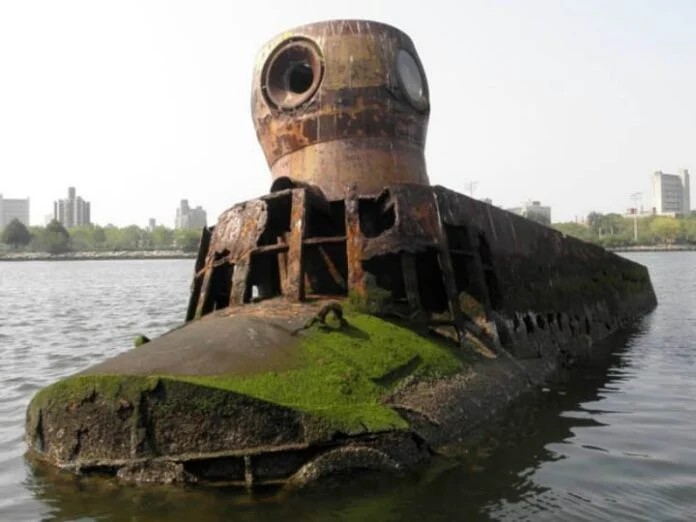
Upon hearing about it, Brooklyn salvage worker Jerry Bianco built a 45-foot submarine from salvaged metal to recover the treasures. He named his submarine Quester I and painted it yellow. Unfortunately, the submarine got stuck when the operator didn't follow instructions. Since then, it has remained among two dozen other vehicles at the ship graveyard in Coney Island Creek.
SFRY Submarine Tunnels
Along the Adriatic coast, there lies an abandoned and eerie system of submarine tunnels. These tunnels in Croatia were once a strategically vital military position for those fighting for the independence of Vis Island during the German siege in World War II. They were the first modern military tunnels built into the hills of Vis.
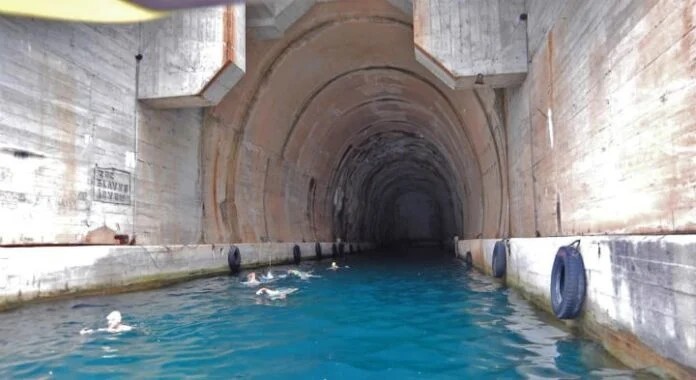
The island has always been shrouded in mysteries due to this network of tunnels used by the Yugoslavian military. The bunkers were deeply embedded in the mountain and served as a significant military asset until they were abandoned during the collapse of Yugoslavia in the 1990s. Today, the tunnels are only visited by tourists.
The May Island Disaster
The Battle of May Island ranks among the worst military disasters in history. It was so embarrassing that the public remained unaware until all relatives of the deceased had passed away. You might have heard about it, but were you aware that no enemy ships were involved?
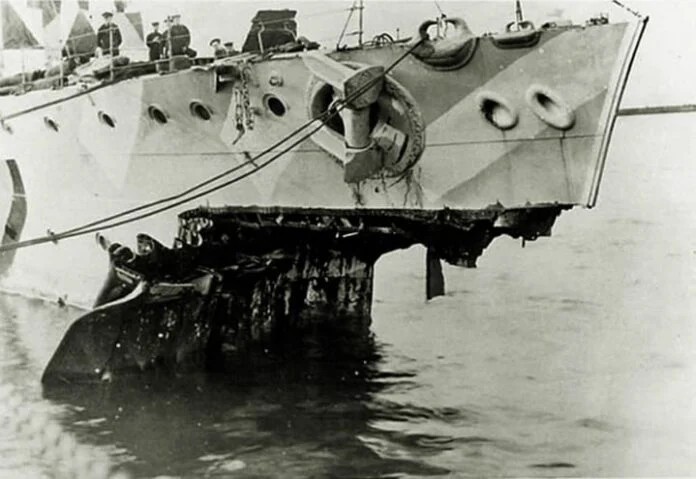
It involved a battlecruiser and three British Royal Navy K-class submarines. On January 13, 1918, in the middle of the night, these submarines collided after changing their course en route to Scapa Flow, Scotland. They had noticed they were approaching mine-sweeping trawlers but collided with each other instead. Two submarines sank, and all crew members on K4 perished, while 51 of the 59 crew members on K17 were also killed. The submarines now rest a hundred meters apart at a depth of 50 meters on the seafloor.
XT-Craft Midget Submarines
At low tide, you can see the corroded and destroyed remains of the Royal Naval XT-class midget submarines from World War II. Specifically, the wreckage lies on the east coast of Aberlady Bay, Scotland. These submarines were originally part of training ships built by Vickers' Armstrong Ltd. in the early 1940s.
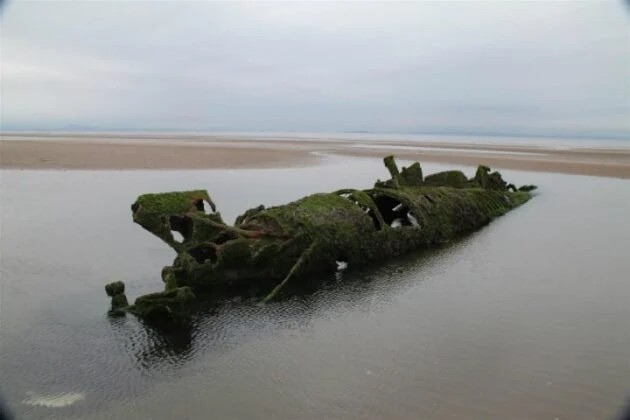
In September 1943, the submarines were used for a daring operation against the German Kriegsmarine battleship Tirpitz. The mission was successful, and the Royal Navy, along with the Air Force, sunk the Tirpitz the following year. The submarines were then taken to Aberlady Bay and used for testing by the RAF.
Sazan Island
Sazan is a small island off the Albanian coast that once served as the homeport for Soviet Whiskey-class submarines. Later, the Soviet Union operated biological and chemical weapon factories there, though Albania later captured the base after withdrawing from the Warsaw Pact in 1968.
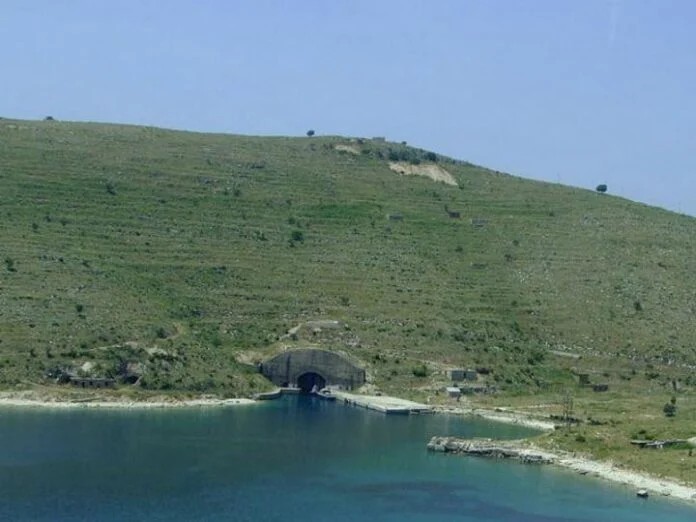
This significantly expanded its navy, but by the 1990s, the submarines were outdated, neglected, and eventually abandoned along with the base. It comes as no surprise that there are plans to transform it into a tourist destination in the future.
U-475 Black Widow or Foxtrot B-39
This formidable attack submarine was part of the Soviet Navy during the Cold War. Commissioned in 1967, the ship belonged to the Soviet Project 641 submarine class, although it was known as Foxtrot among Western forces. It was used for training Cuban, Indian, and Libyan submarines.
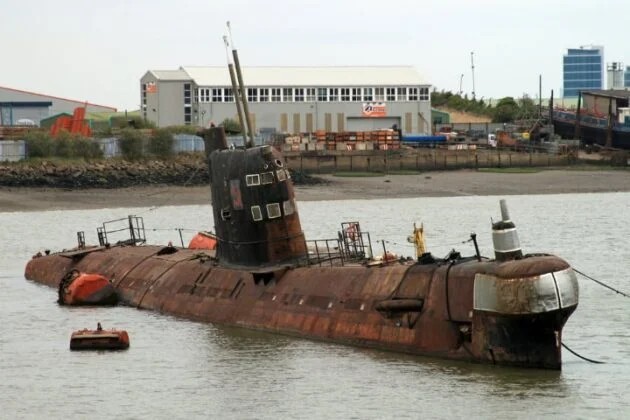
When decommissioned in 1994, it passed into private hands and later became a public museum ship in England. Four years later, it was exhibited in Folkestone and currently rests on the River Medway in Strood, England, awaiting restoration.
Foxtrot or Zulu V Class B-80
Who would have thought that a naval attack submarine could be transformed into a party ship? This was the fate of the Soviet Zulu V Class B-80 submarine, part of the Soviet Project 611 attack submarine series. Renamed Foxtrot, it was relocated to the Maritime Quarter in northern Amsterdam.
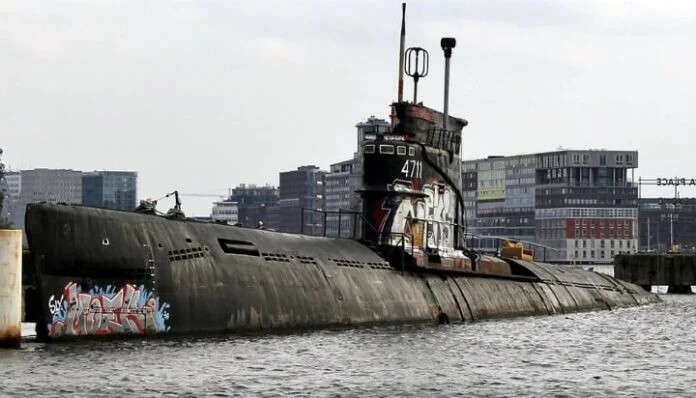
It currently lies in the middle of the harbor, with submarine enthusiasts planning to bring it to the Netherlands. Originally serving as a museum ship in Den Helder, it was later repurposed as a party location. All instruments were removed from the interior of the submarine to allow partygoers to do as they please!
Balaklava, Ukraine
The Ukrainian city of Balaklava is so picturesque that one would hardly expect to find cold and eerie tunnels in the mountains. However, that was part of the Soviet project to create a secret submarine base with dry docks and water channels. Formerly known as Object 825 GTS, it was built in the 1950s to allow submarines to arrive undetected.
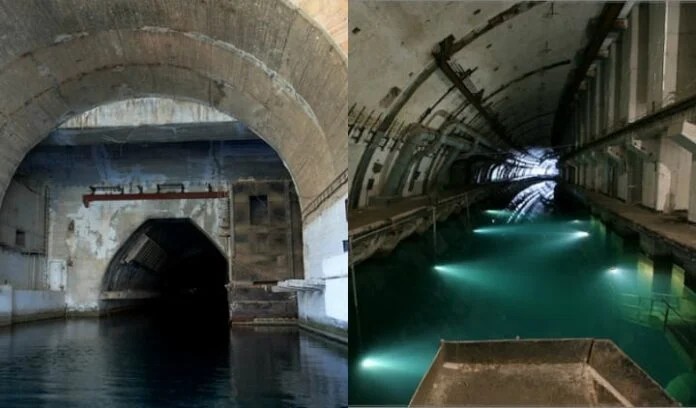
The tunnel network included an atomic shelter intended to protect the nearby city in case of a nuclear attack, as well as a weapons depot. Abandoned in 1996, it was later converted into the Cold War Naval Museum.
Object 280
The Soviet naval museum complex in Balaklava also housed an extensive technical and repair base codenamed Object 280. This complex was constructed for the maintenance and storage of the nuclear arsenal, which was transported to the tunnels in the Tavros Mountains.
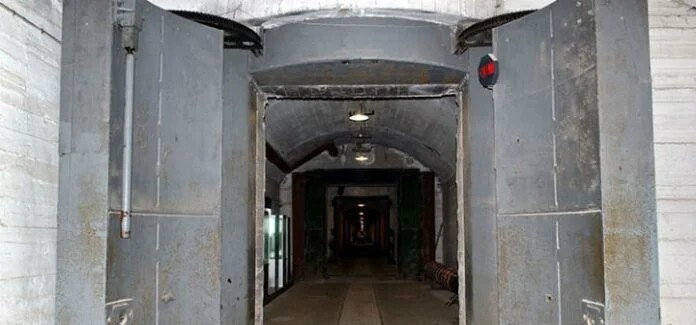
Object 280 was essentially a special tunnel where equipment was loaded during wartime. This made perfect sense since Object 825 GTS was primarily designed for the storage, maintenance, and repair of ships from projects 613 and 633.
Bigfoot
Have you ever heard of a drug submarine? If not, you should know that the Bigfoot submarine is a type of unmanned submersible used by drug traffickers to smuggle drugs and other contraband from remote locations.
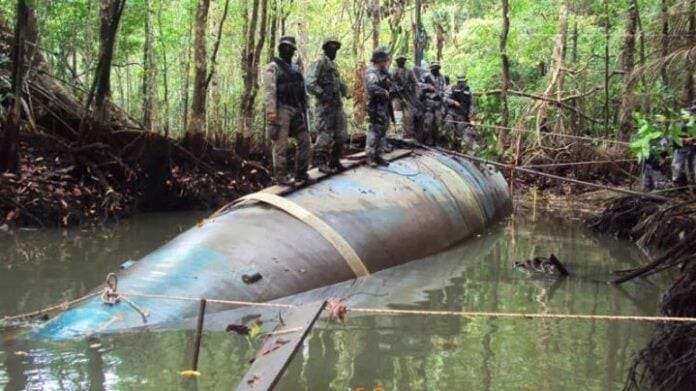
In July 2010, it was discovered in Ecuador, and it was found that members of the Colombian drug cartel were using the submarine to transport cocaine from Colombia to the USA via Mexico. The submarine was named Bigfoot because, at one time, such smuggling trips were thought to be merely mythical.
INS Kursura
The INS Kursura was the fifth submarine of the Indian Navy. During its 31 years in service, the submarine traveled around the globe, covering a distance greater than the Earth's diameter. It saw action during the Indo-Pakistani War of 1971, participated in naval exercises with various countries, and served as a peace ambassador.
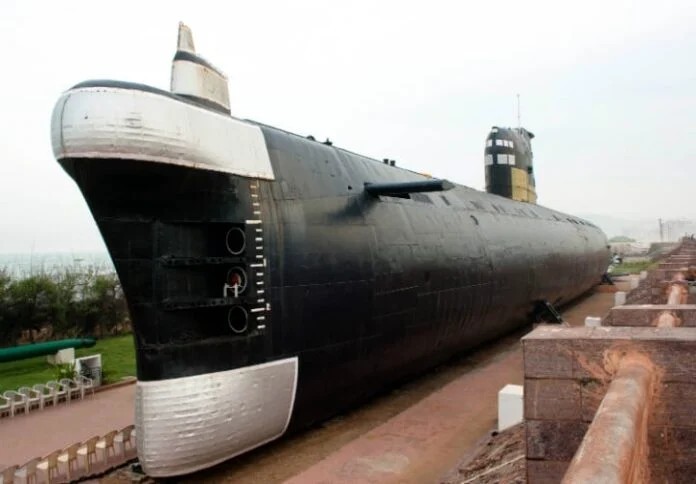
In 2001, it was decommissioned and converted into a public museum in Visakhapatnam (Vizag). It is considered a "must-visit destination" in the area, as it has retained its originality no matter how much time has passed. When Cyclone Hudhud struck in 2014, it was almost flooded, but the government took action to protect it.
Horse Sand Fort
Horse Sand Fort is another British submarine base and fortress that was historically utilized by the Royal Commission. Located in the Solent Strait near Portsmouth, England, it was originally intended as part of the Palmerston Forts. During World War II, the British used it extensively due to its strong defenses equipped with advanced weapons and submarine defenses.
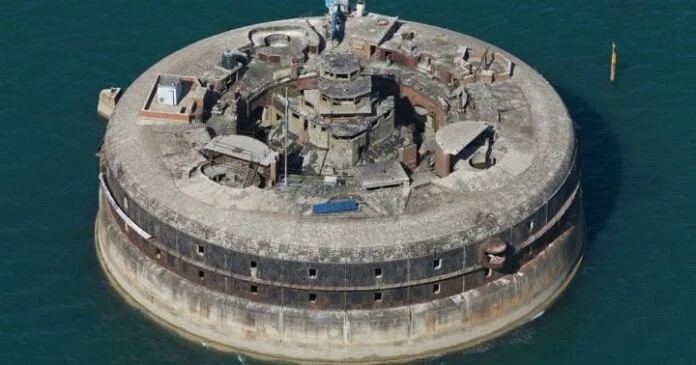
The iron-clad gates, walls, and layers of concrete and granite were impressive. It was purchased by AmaZing Venues with the intention of converting it into a museum.
Puget Sound Naval Shipyard
The Puget Sound Naval Shipyard and Intermediate Maintenance Facility is a shipyard operated by the U.S. Navy in the state of Washington. It has been in operation since 1891 as part of a ship and submarine recycling program. Currently, it houses four decommissioned aircraft carriers, a submarine tender, and 16 nuclear submarines awaiting scrapping.
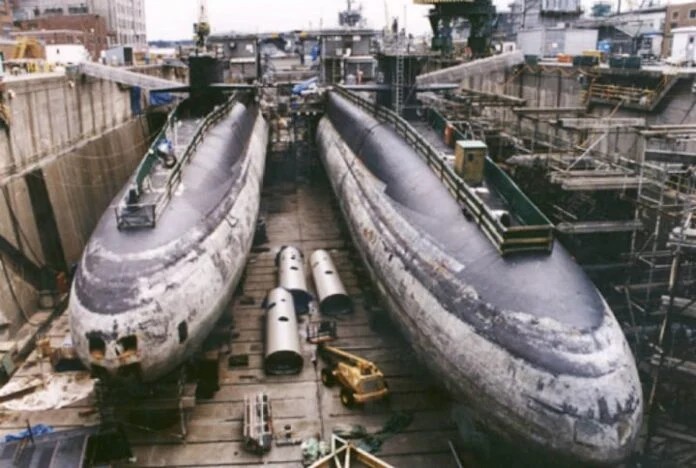
The shipyard maintains a reserve fleet in case the Navy ever needs it. Sometimes referred to as PSNS, it is the only shipyard facility in the country certified for recycling nuclear ships. Since 1990, several cruisers and over 125 submarines have been scrapped here.
Johnston Atoll
Operated by the U.S. Fish and Wildlife Service, Johnston Atoll was originally a military base for seventy years. Located in the Pacific Ocean, it was one of the most isolated bases in the world. Originally a bird sanctuary, it was converted into a military depot in the 1930s to repair, refuel, and maintain aircraft and submarines.
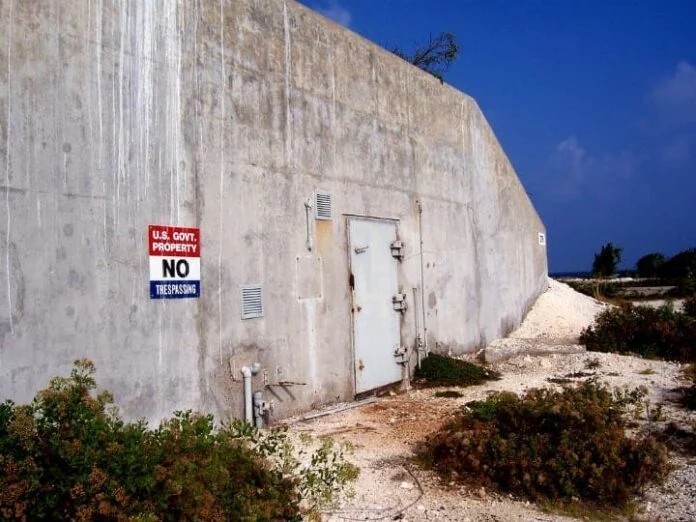
At its peak, 1,300 personnel lived and worked on the station before it became an atomic test site in the 1940s. As some might be aware, Johnston Atoll is infamous for storing and disposing of the chemical weapon Agent Orange. Radioactive and nuclear tests in the 1960s resulted in petroleum and chemical products leaking into the surrounding areas. Efforts to clean up the site are still ongoing.
Soviet Submarine K-77
The Soviet K-77, also known as a Juliett-class submarine, was part of Project 651. It was a cruise missile submarine commissioned by the Northern Fleet of the Russian Navy in 1965. The Juliett-class submarines were decommissioned in 1988, but that didn't mean K-77 had to sink into oblivion.
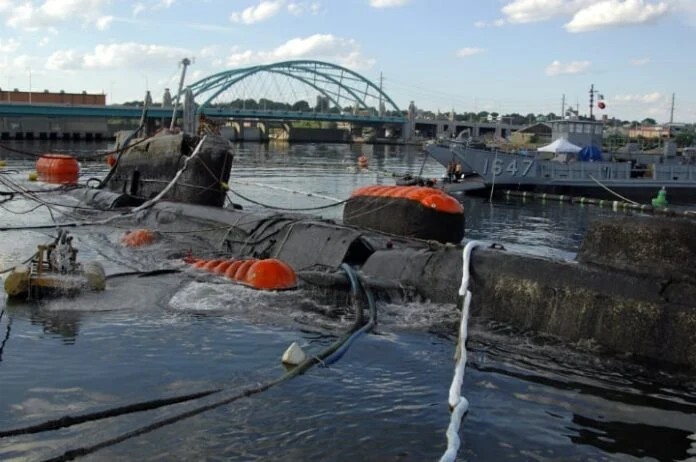
In 2002, it appeared in the film "K-19: The Widowmaker" with prominent stars like Harrison Ford and Liam Neeson. After the movie, it was brought to Rhode Island, where it was intended to be converted into a museum under the supervision of the USS Saratoga Museum Foundation. Unfortunately, it sank due to a storm on April 18, 2007. It was salvaged the following year, but the damage was so severe that it had to be scrapped instead.




















Comments
0 comment